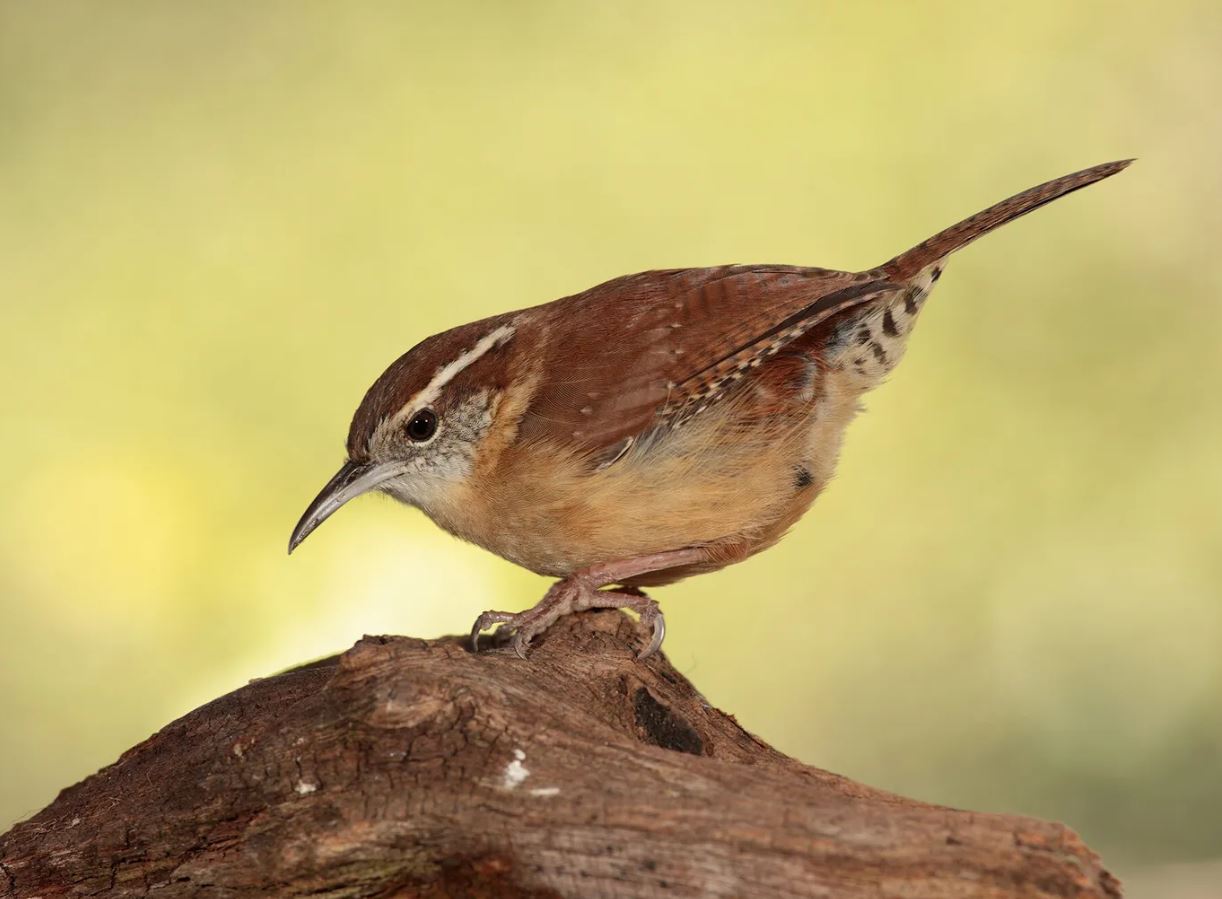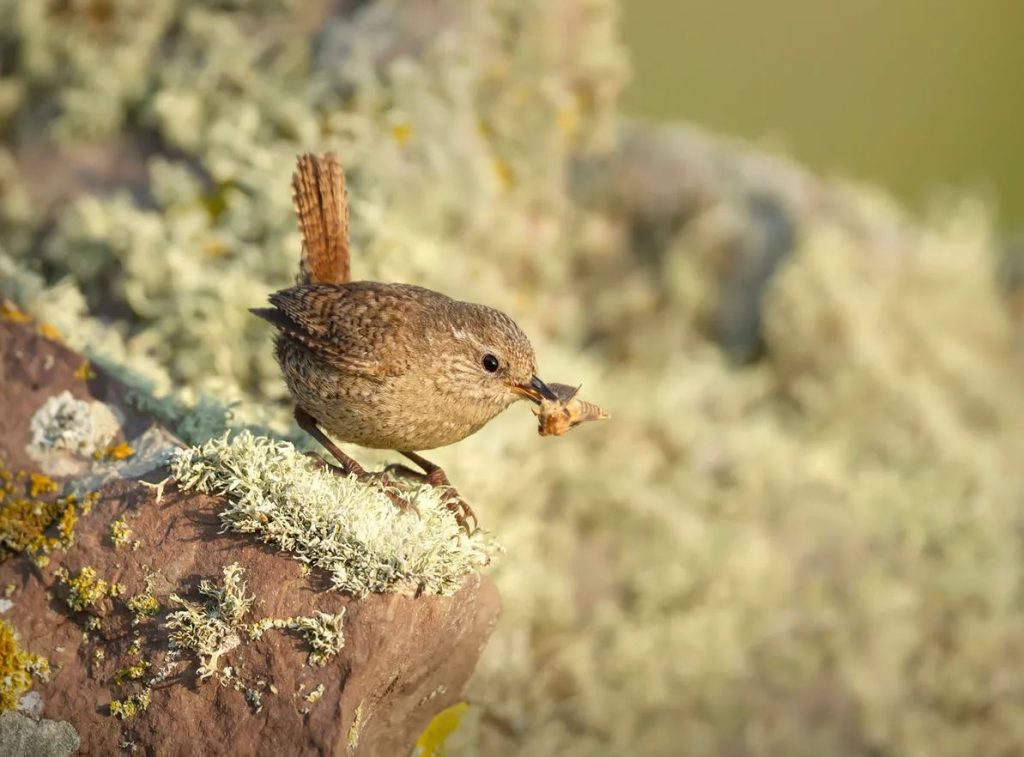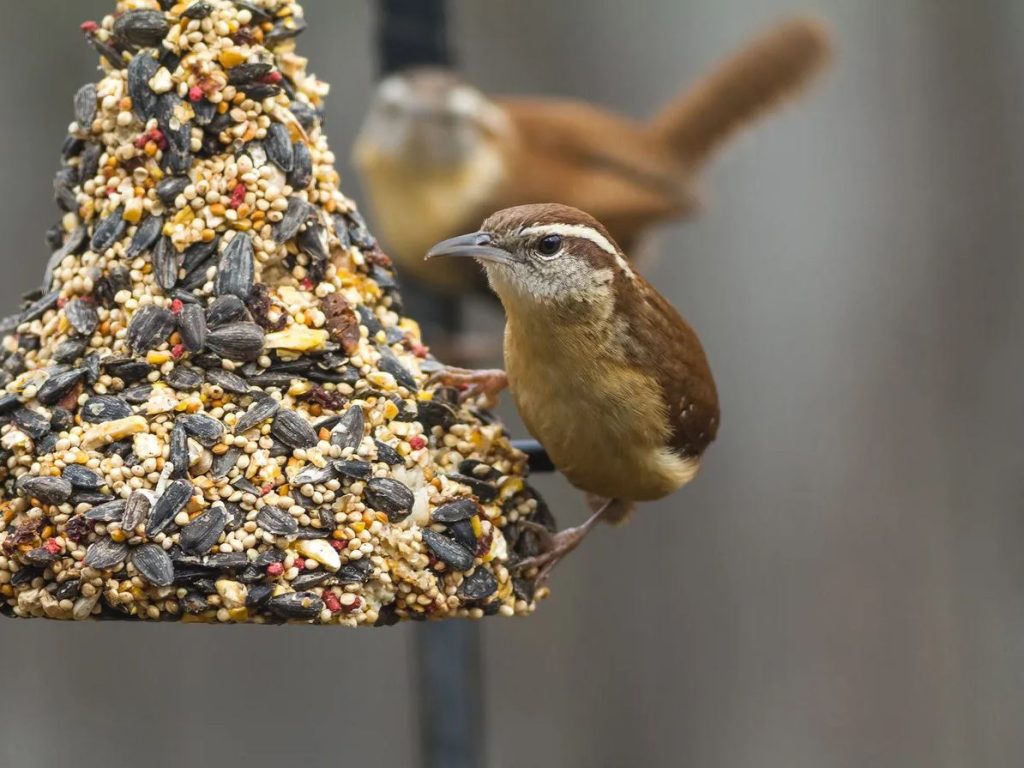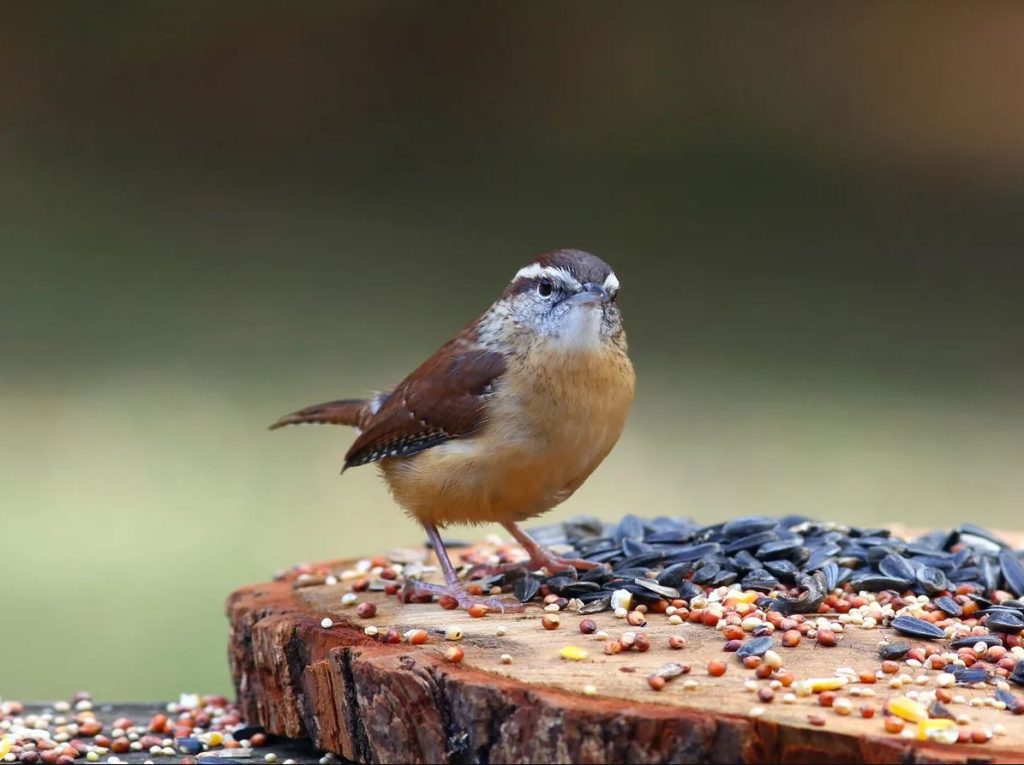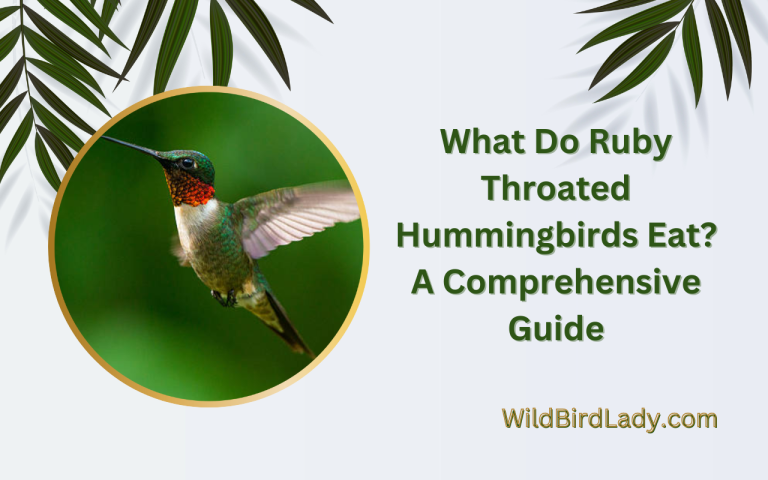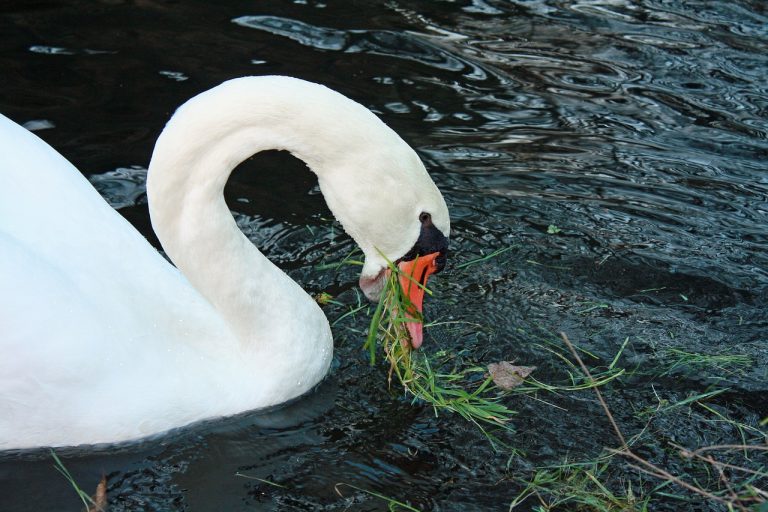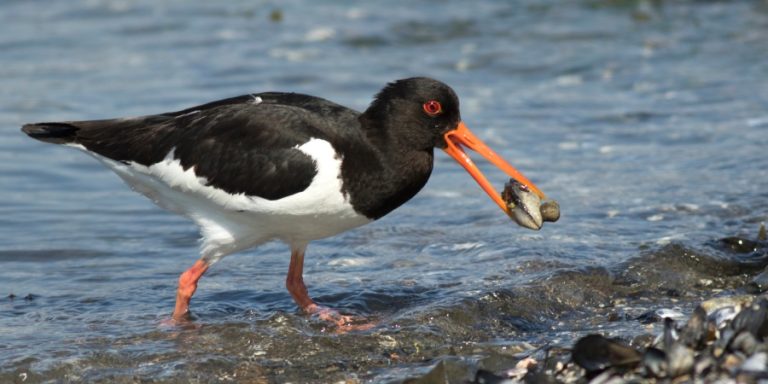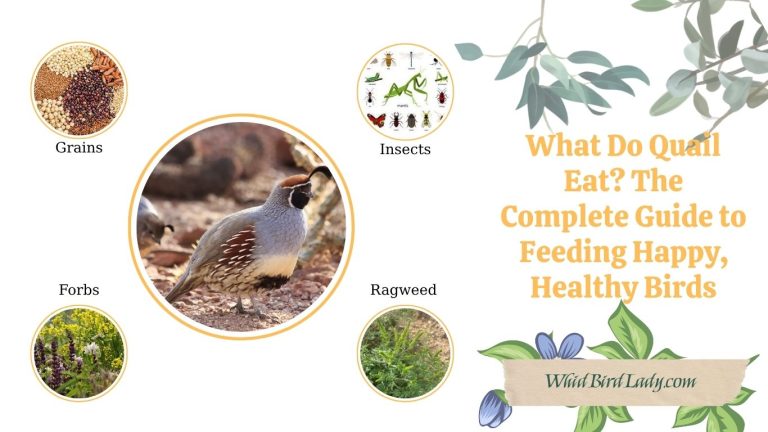What Do Wrens Eat? A Complete Guide to Wren Food and Diet
Small, energetic, and full of life, wrens are among the most charming birds you can find in your backyard. Their distinctive bubbly songs and inquisitive nature make them delightful to observe—but have you ever wondered: What do wrens eat? Understanding the wren diet is not just a curiosity for birdwatchers; it’s essential knowledge for anyone who wants to support these feathered friends year-round.
In this in-depth guide, we’ll explore everything you need to know about wren food, from their favorite insects to seasonal dietary changes, and even how to attract them with the right feeders and plants.
What Is a Wren?
Before we dive into their diet, let’s clarify what a wren is. Wrens are small passerine birds in the family Troglodytidae, with over 80 species found across the Americas. In North America, the most common is the Carolina Wren (Thryothorus ludovicianus), followed by the House Wren (Troglodytes aedon), Bewick’s Wren, and others.
Despite their tiny size (typically 4–5 inches long), wrens are bold, noisy, and highly active. Their fast metabolism drives their constant foraging, making their diet especially important for survival.
So, What Do Wrens Eat?
Insects and Invertebrates (Main Diet)
Wrens are primarily insectivores, which means that insects and other small invertebrates make up the bulk of their diet.
Here are some of their favorite food sources:
- Beetles
- Caterpillars
- Spiders
- Flies
- Grasshoppers
- Ants
- True bugs (Hemiptera)
- Snails and slugs
- Crickets
- Earwigs
According to the Cornell Lab of Ornithology’s All About Birds, House Wrens are “voracious insect hunters, snapping up caterpillars, beetles, and other crawling bugs as they bounce through the underbrush”.
These protein-rich foods are vital, especially during the breeding season when adult wrens must feed hungry nestlings.
Spiders and Web-Builders
Interestingly, wrens not only eat spiders but also prefer areas rich in spider webs. These webs are sometimes used in nest building, and the spiders themselves are highly nutritious.
Small Amphibians and Reptiles (Occasionally)
While uncommon, larger wrens like the Canyon Wren or Rock Wren may occasionally consume tiny frogs or lizards. These sightings are rare but demonstrate the opportunistic side of their wren diet.
Seasonal Changes in Wren Diet
Like most birds, what wrens eat can vary depending on the season and available food sources.
Spring and Summer
- High protein demand for breeding and feeding chicks
- Diet consists mainly of insects, larvae, spiders
- Active hunting behavior
Fall
- Shift toward fruit and seeds as insect populations decline
- Increased foraging among leaf litter and brush piles
- Some wrens start supplementing with berries
Winter
- In colder climates, wrens need alternative food sources due to reduced insect availability
- Wrens consume:
- Suet
- Peanut butter mixtures
- Crushed nuts
- Dried mealworms
- Soft fruits (like chopped grapes or raisins)
- Sunflower hearts
Winter survival often depends on reliable human-provided food, especially during snow or ice storms.
Do Wrens Eat Seeds?
Unlike finches or sparrows, wrens are not natural seed eaters. Their beaks are thin and pointed, adapted for catching bugs, not cracking seeds.
However, wrens may consume tiny soft seeds or seed crumbs, particularly in winter when other foods are scarce. But if you’re trying to attract wrens, seeds should not be your primary offering.
What Fruits Do Wrens Eat?
Fruits are not a staple but can be an excellent seasonal supplement. Wrens may peck at:
- Berries (blackberries, elderberries, dogwood berries)
- Soft grapes
- Raisins (soaked in water)
- Chopped apple or pear
Planting berry-producing shrubs in your yard can be a natural way to support wrens year-round.
Wren Food in the Wild vs. Backyard
| Source | Wild Wren Diet | Backyard Wren Diet |
|---|---|---|
| Primary Diet | Insects, spiders, larvae | Suet, mealworms, soft fruits |
| Foraging Method | Underbrush hopping, bark probing | Platform feeders, hanging suet cages |
| Seasonal Shifts | Adjusts based on insect availability | Can rely on human supplementation in winter |
How Wrens Forage
Wrens are skilled foragers, using several clever techniques to find their food:
- Ground hopping: Searching leaf litter and underbrush
- Tree bark probing: Picking insects from bark crevices
- Nesting boxes: Sometimes search old nests for spiders and insects
- Hover-gleaning: Briefly hovering near foliage to snatch prey
Their active nature means you’ll often spot them flitting rapidly through your yard, tails cocked upward, in constant search of their next bite.
How to Attract Wrens to Your Yard with the Right Food
If you want wrens to visit (and stay!), offering the right food is key.
Best Foods to Offer
- Live or dried mealworms
- Suet cakes or suet pellets
- Peanut butter mixes
- Soft fruits
- Scrambled eggs (cooled) – rarely, for protein boost
💡 Pro tip: Use a mesh feeder or platform to make access easier for wrens.
Avoid These Common Mistakes
- Avoid hard seeds like black oil sunflower—wrens can’t crack them.
- No bread or processed food—it offers no nutrition and can be harmful.
- Avoid open tray feeders during storms—wet food will spoil quickly.
Plants That Provide Natural Wren Food
Want to make your garden naturally attractive to wrens? Include native plants that host insects and berries.
Insect-Rich Plants
- Goldenrod
- Milkweed
- Coneflower
- Oak trees (attract caterpillars and bugs)
Berry-Producing Shrubs
- Elderberry
- Dogwood
- Sumac
- Viburnum
- Serviceberry
These provide food and cover, which wrens love for nesting and foraging.
Do Wrens Eat Baby Birds?
It may come as a surprise, but yes—some wrens, especially House Wrens, are known to destroy eggs or nestlings of other birds.
This is not out of dietary need but territorial behavior. House Wrens compete fiercely for nesting cavities and will sometimes puncture eggs or eject baby birds from nearby nests to reduce competition.
This has been documented in multiple studies, including one by the Cornell Lab’s Birds of the World database source.
Do Wrens Eat at Bird Feeders?
Yes—but not in the same way as seed-eating birds.
Wrens typically prefer:
- Suet feeders (especially with insect blends)
- Mealworm trays
- Bark butter smeared on trees
- Hanging fruit baskets
They’re agile and intelligent, so they’ll often inspect any new feeding setup out of curiosity.
How Much Do Wrens Eat Per Day?
Due to their high metabolic rate, wrens eat nearly half their body weight in food daily—sometimes more during cold spells or nesting season.
This means a single adult wren may consume:
- 300–500 insects per day in summer
- Dozens of dried mealworms or equivalent energy in suet during winter
That’s why consistent food sources can be lifesaving in harsh conditions.
FAQ: What Do Wrens Eat?
Do wrens eat mosquitoes?
Yes! Wrens will snap up mosquitoes, flies, and other small flying insects, especially during the warmer months.
Are wrens good for pest control?
Absolutely. A pair of wrens can eat hundreds of caterpillars, beetles, and aphids daily—making them an eco-friendly pest control solution.
Can I feed wrens mealworms?
Yes. Mealworms—either live or dried—are a favorite food for wrens and a reliable winter supplement.
Do wrens drink water?
Yes. Provide a shallow birdbath or water dish, ideally with moving water to attract them more effectively.
Final Thoughts
Wrens are endlessly fascinating birds, and their omnivorous, insect-heavy diet makes them both entertaining and beneficial to your backyard ecosystem. By understanding what wrens eat—and providing the right food sources—you’ll not only attract these vocal charmers but also support their health, breeding, and long-term survival.
Want to spot more wrens in your yard? Start with mealworms, suet, and berry-producing plants—and keep that birdbath full.

